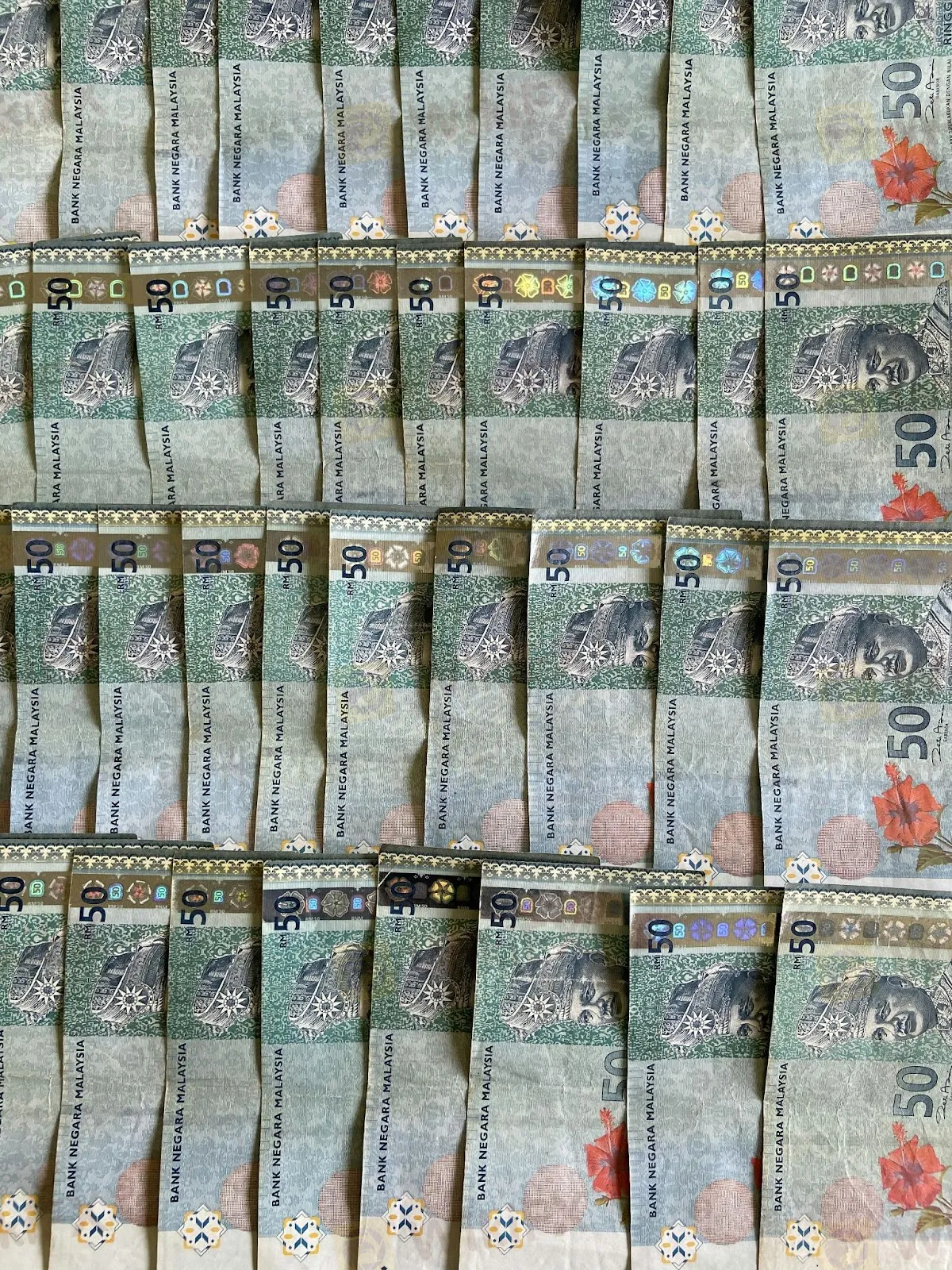简体中文
繁體中文
English
Pусский
日本語
ภาษาไทย
Tiếng Việt
Bahasa Indonesia
Español
हिन्दी
Filippiiniläinen
Français
Deutsch
Português
Türkçe
한국어
العربية
Strongest Level for MYR Coming Soon?!
Abstract:With a combination of monetary easing, fiscal reforms, and global rate expectations on the horizon, will Malaysia’s ringgit finally reach its strongest point in nearly twelve months?

Malaysia's ringgit is edging closer to its strongest point in nearly twelve months, with analysts pointing to a combination of monetary easing, fiscal reforms, and global rate expectations as the main drivers behind the rebound.
Projections from regional and international banks suggest the ringgit could strengthen further by year-end. Oversea-Chinese Banking Corp. (OCBC) expects the currency to trade at 4.15 per US dollar in the fourth quarter, while Malayan Banking Bhd. places its forecast at 4.10 by December. MUFG Bank projects an advance of about 1.5% from current levels, citing improved export competitiveness after the United States reduced tariffs on some Malaysian goods.
The currency, which recovered from April lows, has faced difficulties sustaining upward momentum in recent weeks. Market attention is now on incoming inflation data, which may reinforce expectations for additional rate cuts from Bank Negara Malaysia (BNM).
BNM lowered its benchmark rate by 25 basis points in July, aligning itself with other central banks in the region. OCBC anticipates at least one further cut before the end of 2025. Although looser monetary policy can weigh on a currency, the likelihood of a Federal Reserve rate cut in September is reducing pressure on the ringgit.

Capital flows into Malaysian debt markets have been notable. Foreign investors channelled US$4.3 billion into the countrys bonds in the second quarter, marking a record high. Analysts suggest that continued demand could provide a stabilising effect, particularly if global conditions shift toward a softer US dollar environment.
Trade policy remains a source of uncertainty. The US decision to scale back a proposed tariff increase on Malaysian exports by lowering it from 25% to 19% was viewed as a near-term positive for exporters. However, strategists caution that global trade tensions remain a risk that could weigh on growth and currency stability if conditions deteriorate.
Domestically, Prime Minister Anwar Ibrahim has unveiled both short- and long-term measures. A five-year development plan runs through 2030, while a stimulus package worth 2.8 billion ringgit includes direct transfers and fuel subsidies. At the same time, the government has rolled back diesel subsidies and broadened the sales and service tax as part of a fiscal consolidation strategy.
According to MUFG, contained inflation and fiscal reforms may give BNM room to maintain a cautious easing path without sparking instability. Market observers also point to productivity-focused measures and fiscal adjustments as factors that could provide more durable support to the currency in the medium term.
The ringgit ended last week at 4.2120 against the dollar. Short-term movement will depend on inflation figures due later this week, which could further shape expectations for policy direction in both Kuala Lumpur and Washington.

Disclaimer:
The views in this article only represent the author's personal views, and do not constitute investment advice on this platform. This platform does not guarantee the accuracy, completeness and timeliness of the information in the article, and will not be liable for any loss caused by the use of or reliance on the information in the article.
WikiFX Broker
Latest News
European leaders to join Zelensky at White House meeting with Trump
Where is ThinkMarkets Broker Licensed to Operate?
Plus500 Launches $90 Million Share Buyback Programme
BlackBull Markets and CopyTrade Market Formalise Integration
IG Japan Ends Discount Program on Aug 17
Strongest Level for MYR Coming Soon?!
Trader in Thane Duped of ₹4.11 Cr in Online Scam
Fraud Alert: FCA Warns Against 10 Unlicensed Brokers
IG Securities' “Introductory Programme” Comes to an End!
An In-depth Guide to Forex Spread Calculation
Currency Calculator


